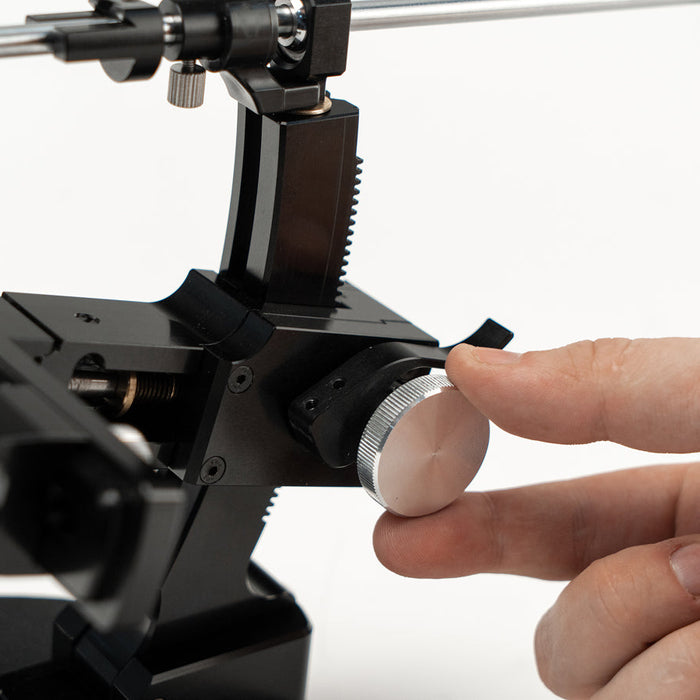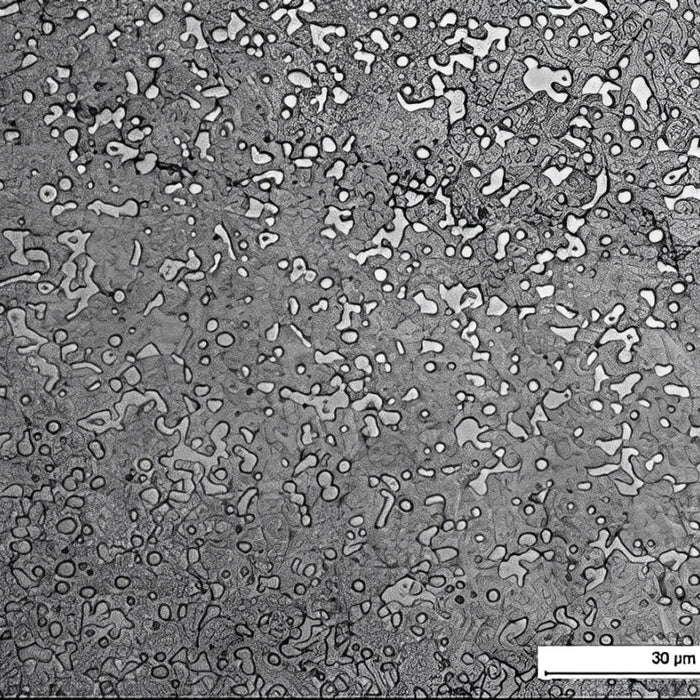
Elmax Steel: Everything You Need to Know About This Premium Knife Steel
Why people favor Elmax steel on their knives? Elmax is a stainless steel that’s earned a loyal following among knife makers and collectors for a simple reason — it performs well across the board. Produced by Böhler-Uddeholm using powder metallurgy,...





